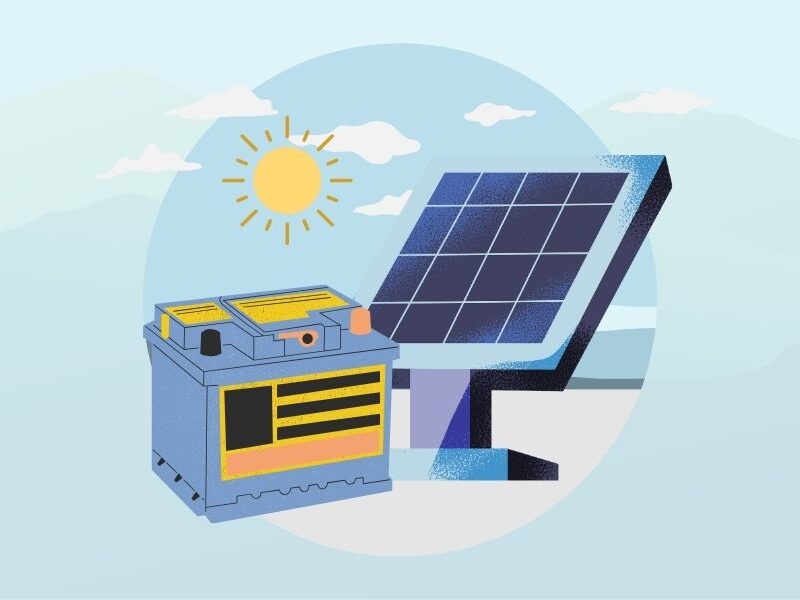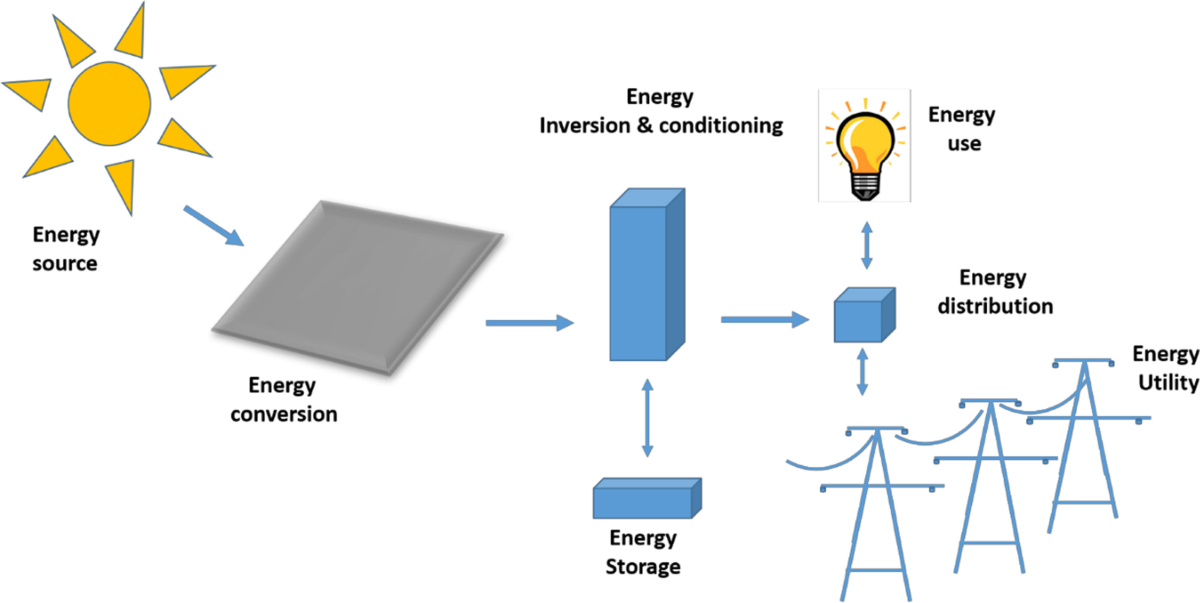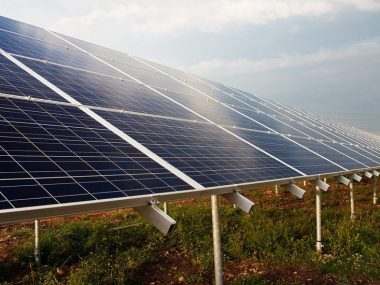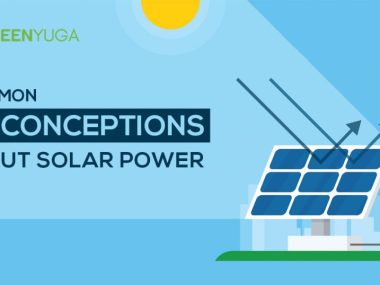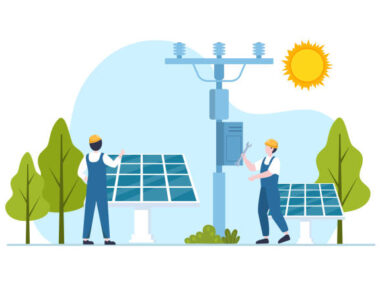1. Battery Technology:
- Lithium-Ion Batteries:
- Solid-State Batteries:
- Flow batteries:
2. Thermal Energy Storage:
- Molten Salt Systems:
Widely used in concentrating solar power (CSP) plants, molten salt stores thermal energy that can be converted to electricity even when sunlight is unavailable. Progress in materials and system design is enhancing both efficiency and cost-effectiveness
- Phase Change Materials (PCMs):
These materials store and release thermal energy during phase transitions (e.g., from solid to liquid), offering an alternative method for thermal energy storage that can be incorporated into buildings or industrial processes.

3. Mechanical Storage:
- Pumped Hydro Storage::
This is the most established and commonly used form of energy storage, involving the pumping of water to a higher elevation during periods of excess energy generation and its release to produce electricity when required.
- Compressed Air Energy Storage (CAES):
Air is compressed and stored in underground caverns during times of low electricity demand and then expanded to generate electricity during peak demand periods.

4. Hydrogen Storage:
- Power-to-Gas (P2G):
Surplus solar energy is used to produce hydrogen via electrolysis. This hydrogen can be stored and later utilized in fuel cells to generate electricity, offering a flexible and long-term storage solution.
- Green Hydrogen Initiatives::
Interest and investment in green hydrogen, created from renewable energy sources, are increasing due to its versatility and clean energy potential.
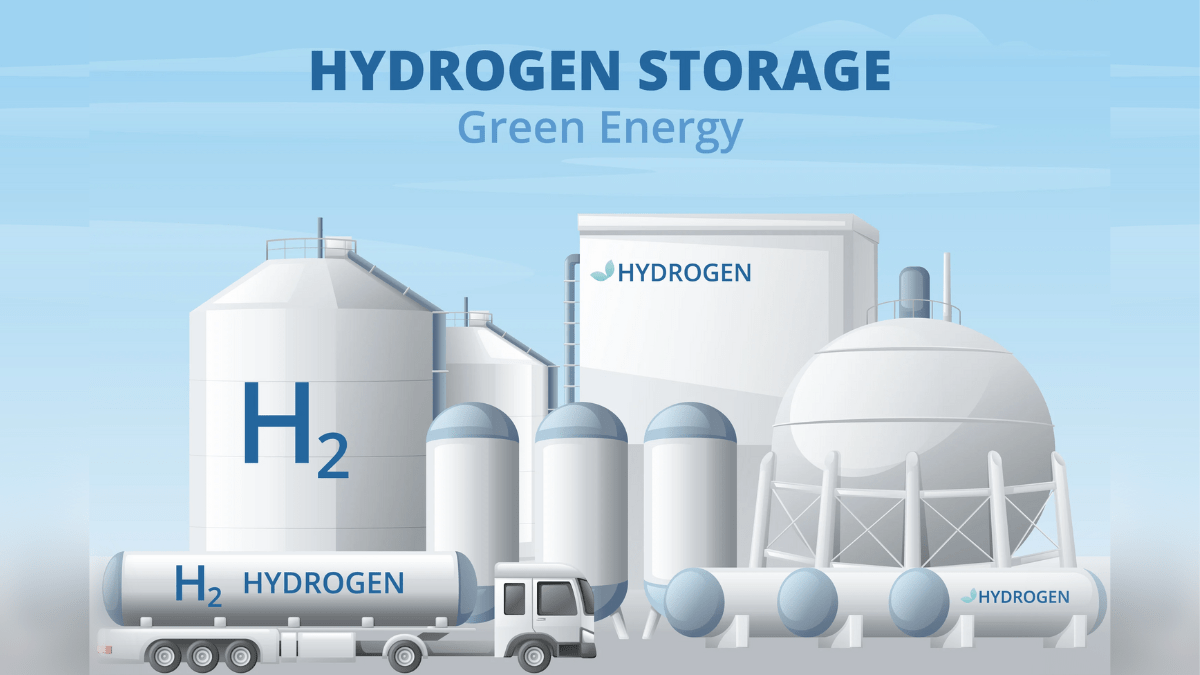
5. Innovative Storage Solutions:
Gravity-based Storage:
- Mechanical Storage:
Systems like Energy Vault’s gravity storage use surplus energy to raise heavy weights, which are then lowered to produce electricity. This approach presents a new method for long-duration energy storage.
Supercapacitors:
- Rapid Charge/Discharge:
